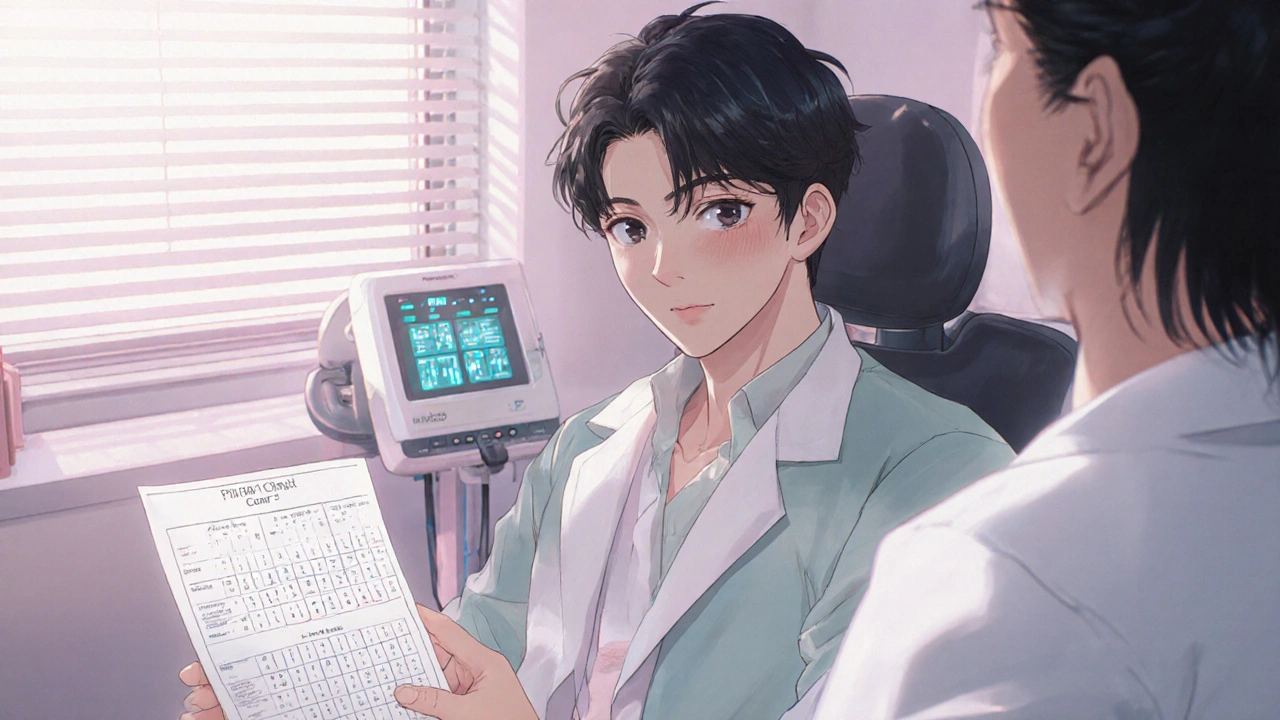Bruising: Causes, When to Worry, and What Medications Can Make It Worse
When you bump your arm and a dark patch shows up for no reason, it’s not just bad luck—it’s bruising, the visible result of blood leaking from damaged capillaries under the skin. Also known as ecchymosis, it’s usually harmless, but if it happens often or without injury, it could be your body signaling something deeper. Most people get a bruise now and then. But if you’re noticing them on your legs after sitting too long, or on your arms from just brushing against a doorknob, you’re not alone—and it’s worth understanding why.
One big reason for easy bruising is blood thinners, medications that reduce clotting to prevent strokes or clots. This includes common drugs like warfarin, clopidogrel, and even daily aspirin. These aren’t rare—they’re taken by millions. And yes, they make bruising more likely. You don’t need to stop them, but you should know this side effect is normal. Another culprit? platelet function, how well your blood cells stick together to seal small breaks in vessels. Some antibiotics, antidepressants, and even herbal supplements like fish oil or ginkgo can mess with this. If you’ve started a new pill and suddenly your skin looks like a map of accidents, it might be the drug, not your luck.
Bruising isn’t always about meds. Age plays a role—skin gets thinner, and the fat layer under it shrinks, so even minor bumps leave marks. Women often bruise more easily than men, especially around the thighs and arms. But if you’re also bleeding from your gums, getting nosebleeds for no reason, or seeing purple spots that don’t fade, that’s not just bruising. That’s a red flag. It could point to low platelets, a clotting disorder, or even something like leukemia. Most cases aren’t serious, but you should get checked if you’re bruising without cause, the bruises are huge, or they don’t heal in two weeks.
What you’ll find in the posts below isn’t just theory—it’s real stories and practical advice. People who noticed strange bruising after starting a new heart med. Others who thought their aging skin was to blame, until they found out their supplement was the real issue. You’ll see how common drugs like Plavix, Lexapro, and even everyday painkillers connect to skin changes you might not have linked to your pills. No fluff. No jargon. Just what actually matters when your skin starts showing signs you didn’t expect.

Cosmetic Procedures and Anticoagulants: Managing Bruising and Bleeding Risks
Finnegan O'Sullivan Oct 28 11Learn how to safely manage blood thinners before cosmetic procedures. Discover which medications to keep, which to pause, and why stopping them can be more dangerous than keeping them.
More Detail